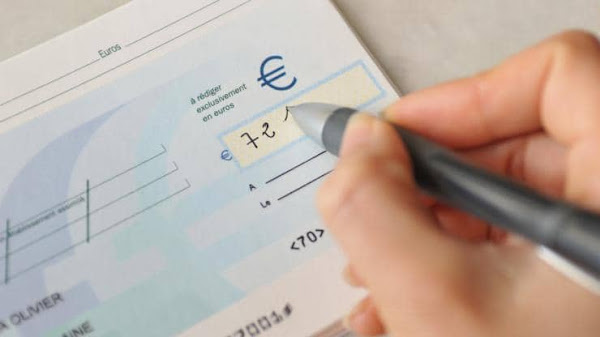Understanding the elements of a check – everything you need to know
Although checks are used less and less in the digital age of payment apps and automated bill payments, they are still a convenient way to make official payments or send money through the mail.
You can also use it to look up information like your bank’s routing number and checking account number, which you’ll need for certain transactions, like setting up direct deposit or connecting to a payment app. Here are the different parts of a check that you should pay attention to when writing or depositing a check.
1. Your information
In the upper left corner of the check, you will usually find the name and address on file with your bank. If you move and no longer live at that address, you can still use checks, provided your account number remains the same.
2. Check the number
It is located in the upper and lower right corner of the check, and the check number is used for tracking. For example, if your checkbook is stolen, you can report the numbered checks that were taken (for example, checks from the numbers 1 to 100) to the bank, so that the bank can identify fraudulent check withdrawals.
3. History
When you write a check, you must enter the date of the transaction in the date line. If you’re trying to defer a check — that is, you don’t want the recipient to withdraw funds from your account before a certain date — keep in mind that putting the check’s future date in may not prevent the recipient from depositing a check sooner.
4. The name of the recipient
The long top line in the middle of the check, usually preceded by the words “Pay to Order,” is where you enter the payee’s name. The recipient can be a person or an organization.
5. Payment amount
There are two places on the check where you will enter the payment amount. The first is in the box in the middle of the right-hand side, just after the beneficiary’s name, where you’ll enter the amount in numbers (eg, “€50.50”).
The second box is on the long line below the recipient’s name, where you’ll write the amount in words (for example, “Fifty-fifty cents” or “Fifty and 50/100”). This bank helps clarify the total amount if words or numbers are difficult to decipher.
6. Memo line
Filling in this line, located in the lower left corner, is optional but recommended. You could write something like “June rent” or “Summer camp fee.” This lets the recipient know the purpose of the check, and can help you remember it when you review your money later.
7. The name of the bank
In this area, you will usually find your bank’s logo and/or address.
8. Routing and account number
At the bottom of the check you will see a series of numbers. You will need to refer to these numbers to prepare direct deposit checks or purchase orders.
Bank transfer number
The first set of numbers is the routing number, which is your bank’s identification within the banking system (and usually also indicates the regional location).
account number
The second set of numbers is your account number, the account from which the money will be withdrawn; It is unique to your account.
9. Signature
In the lower right corner of the front of the check is a blank line for his signature. This signature indicates that you have given your consent to withdraw funds from your account.
How do you endorse a check you received from someone else?

